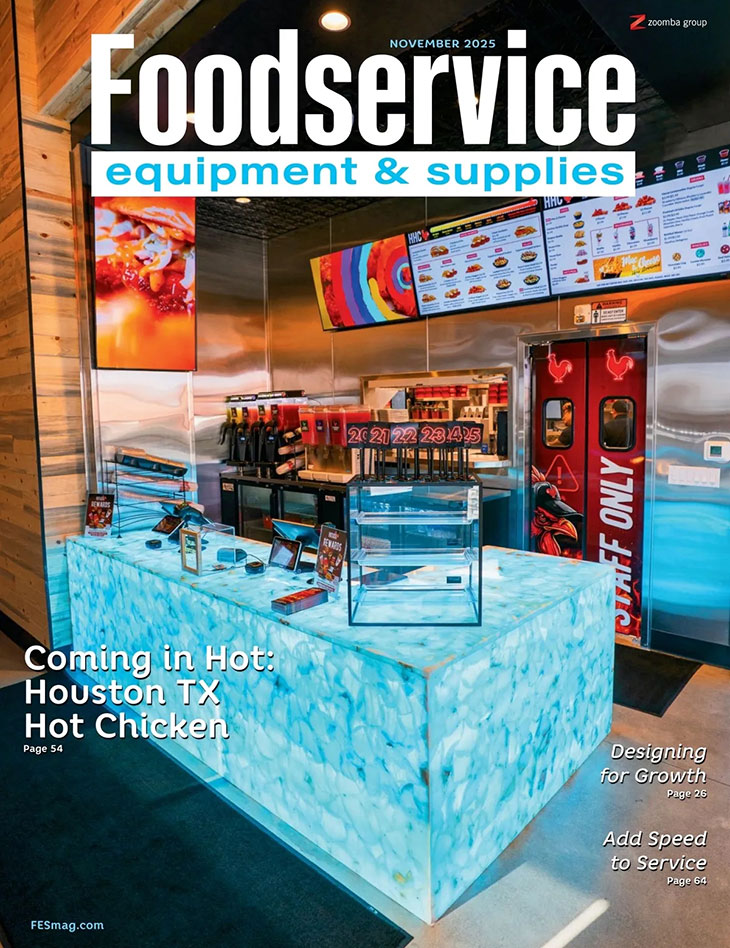
Foodservice operators used to believe automating their businesses meant robots would eventually replace them. Well, when it comes to healthcare foodservice, that premonition could not be farther from the actual conditions we find ourselves working in today. While it's true that our operations are more technologically advanced than ever, we continue to rely on the skills of our people to manage our facilities to meet consumers' changing needs as much as we ever have.
What has changed is how we deploy our labor and the way foodservice professionals interact with not only the equipment but also the entire healthcare operation. For example, in the old system patients used to choose their meals by circling specific menu items on a piece of paper and a tray of food would be delivered to them the following day during a hospital determined meal time. That meant that when a patient's meal would actually arrive at their bedside depended largely on what floor they were on and when that floor received its cart of food. Of course if the patient was not hungry when the tray arrived, the person might not eat very much.
Today, hospitals like the Ronald Reagan UCLA Medical Center in Los Angeles, where I work, use a much different and highly sophisticated method to feed patients. From the patients' perspective, our room service system allows them to order what they want to eat when they want to eat it.
While this approach seems rather simple and user friendly to the patients, what they don't realize it is the result of the relentless coordination of efforts among many different hospital departments. For each patient, the foodservice department collects a diet order, allergy information and the individual's medical history. We also have to track every ingredient to every menu item to ensure we are working within dietary guidelines and addressing food safety issues. While software does a good job of helping us track all of this information, we still rely on people to enter the data and we now interact with dieticians and nurses, among other areas of the hospital, to ensure that patients get proper care.
The part of our business that has become more important is customer service. The people who used to work in the diet center corrected trays and menus but rarely interacted with people. Now they are on the phone all day helping patients order meals.
While attending the Association for Healthcare Foodservice conference earlier this year, it became evident to me that this trend of integrating information will become more prevalent in the future. We will need to have more detailed nutritional information available for the customers. It is a good thing for people to have a better idea of what they are eating, but providing that information requires additional steps. As a result, retail receipts may need to list such details as sodium content or provide a calorie count for a purchase.
To meet this type of mandate, operations will need to connect the POS system to the recipe database. Menu boarding will play a more prominent role as operators look to comply with new ordinances.
It is hard to argue the fact that automation allows us to do more and better serve patients. But, by the same token, having all your eggs in one basket can be a little scary. So, we're spending more time working and refining our backup plans. We used to need them only in the event of a disaster, but now an extended power outage or software glitch can force us to implement a backup plan.
Still, the risks are minimal when compared to the reward of improved individualized customer care in healthcare foodservice.



